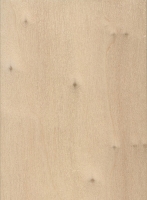 |
Common Name(s): Black Poplar, Lombardy Poplar, Mappa burl Scientific Name: Populus nigra Distribution: Europe, western Asia, Northern Africa; planted as an ornamental in North America Tree Size: 65-100 ft (20-30 m) tall, 3-5 ft (1-1.5 m) trunk diameter Average Dried Weight: 24 lbs/ft3 (385 kg/m3) Specific Gravity (Basic, 12% MC): .31, .39 Janka Hardness: 460 lbf (2,020 N) Modulus of Rupture: 9,230 lbf/in2 (63.7 MPa) Elastic Modulus: 1,045,000 lbf/in2 (7.21 GPa) Crushing Strength: 5,220 lbf/in2 (36.0 MPa) Shrinkage: Radial: 4.0%, Tangential: 9.3%, Volumetric: 12.3%, T/R Ratio: 2.3 |
Color/Appearance: Heartwood tends to be a light brown. Sapwood is a pale yellow to nearly white, and isn’t clearly demarcated, tending to gradually blend into the heartwood. This species also yields a unique burl that’s commonly sold as Mappa or Mapa.
Grain/Texture: Grain is generally straight to slightly irregular or interlocked. Uniform medium texture with low natural luster.
Endgrain: No data available.
Rot Resistance: Rated as non-durable, and also susceptible to insect attack.
Workability: Easy to work with hand and machine tools, though sharp cutters are necessary when planing to avoid fuzzy surfaces, (subsequent fine-sanding may be necessary to obtain a smooth surface). Wood has a tendency to warp and distort during drying. Glues and finishes well.
Odor: No characteristic odor.
Allergies/Toxicity: Besides the standard health risks associated with any type of wood dust, no further health reactions have been associated with Black Poplar. See the articles Wood Allergies and Toxicity and Wood Dust Safety for more information.
Pricing/Availability: Commonly available as a utility lumber throughout Europe. Limited availability of harvested ornamental trees in North America. Prices are low for a domestic hardwood. Burl sections are sometimes sold as veneer sheets and are quite expensive.
Sustainability: This wood species is not listed in the CITES Appendices or on the IUCN Red List of Threatened Species.
Common Uses: Utility lumber, furniture carcasses, boxes and crates, plywood, and laminated construction lumber. Burls are used for drum shells, fine furniture, veneer, and inlays.
Comments: One cultivar of this tree, called the Lombardy Poplar (Populus nigra ‘Italica’), was extremely popular in the United States in the late eighteenth and nineteenth centuries—growing into a tall and slender columnar tree.
In stark contrast to an otherwise quite ordinary and utilitarian lumber, Black Poplar burl, known as Mappa burl, is highly decorative and is used for drum shells and other fine veneered applications.
 |
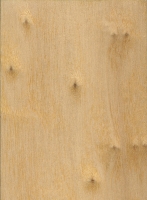 |
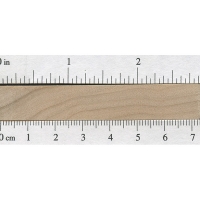 |
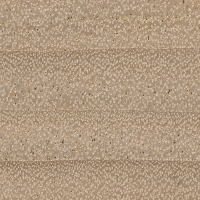 |
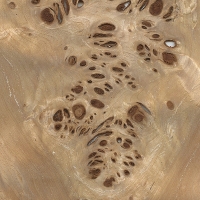 |
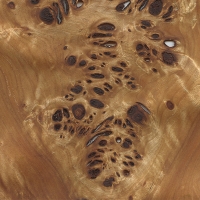 |
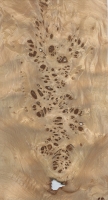 |





Black Poplar from Oregon.
Beautiful, i always though poplar was only good for fire match manufacture.